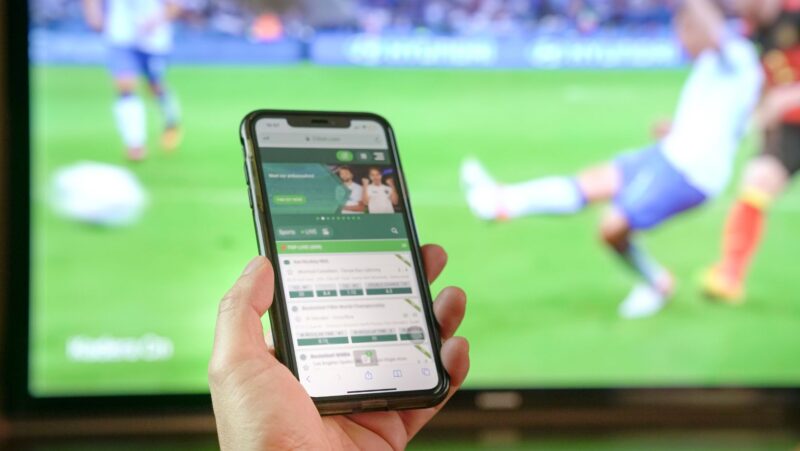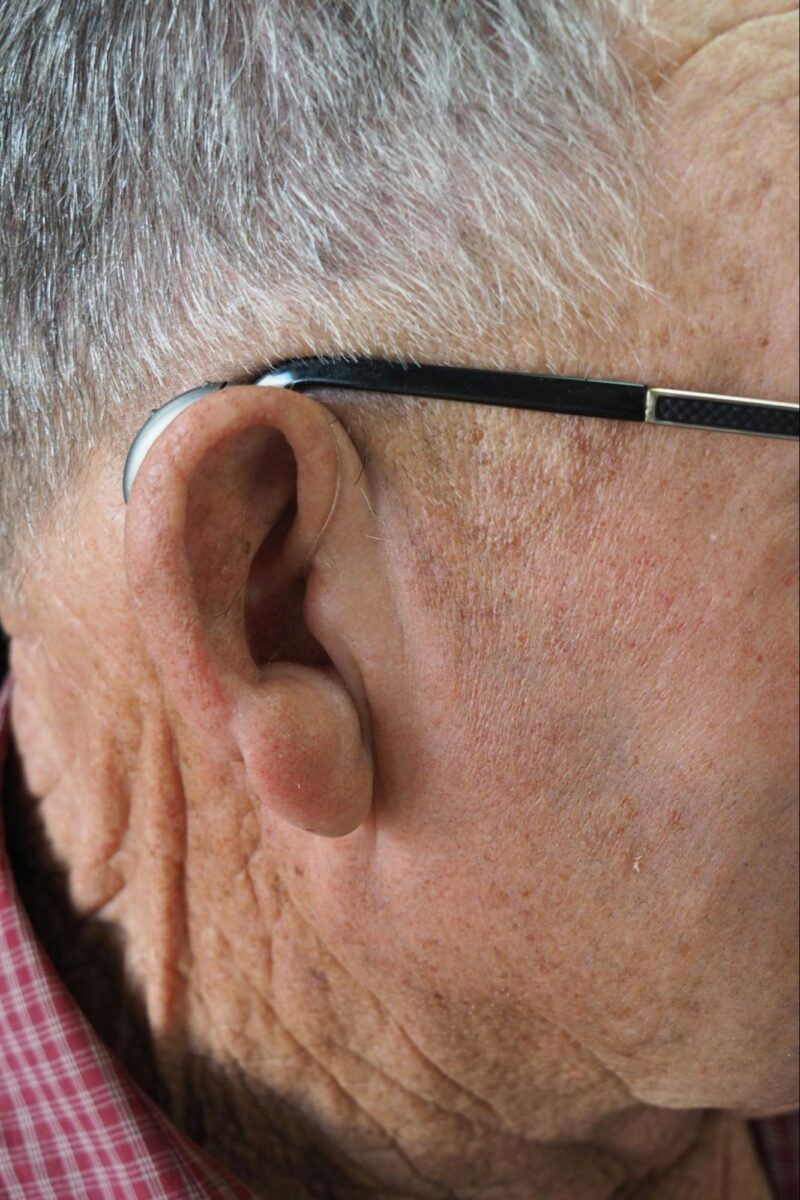Efficient USB Device Integration in Hyper-V: Navigating RDP and Optimal Management Techniques

Managing USB devices within a Hyper-V environment can often pose a challenge, especially when it comes to ensuring smooth connectivity between physical hardware and virtual machines. As businesses increasingly rely on virtualized environments to optimize resources and enhance operational flexibility, finding reliable methods to connect and manage USB devices has become more critical than ever.
One widely used approach is leveraging Remote Desktop Protocol (RDP) to connect USB devices to virtual machines in Hyper-V. RDP offers a straightforward solution, enabling users to access and control USB peripherals remotely, making it a convenient choice for many IT professionals. However, while RDP serves as a viable option, it does come with certain limitations, making it essential to fully understand its capabilities and constraints before implementation.
Beyond RDP, there are several other methods available for managing USB devices within Hyper-V, including hyper-v usb passthrough. This approach, along with other available techniques, comes with its own set of benefits and potential challenges. By carefully evaluating these options, users can select the most appropriate method to ensure reliable connectivity and efficient management of USB devices in virtualized environments. Whether through native Hyper-V settings or third-party solutions, the key is to find a strategy that supports your unique operational needs while maximizing the performance of your virtual machines.
In this article, we will delve into the various techniques for USB device management in Hyper-V, providing insights into the strengths and weaknesses of each approach. By gaining a comprehensive understanding of the available options, you can navigate the complexities of virtual machine management more effectively and ensure your USB devices are seamlessly integrated into your Hyper-V setup.
Streamlining Virtual Machine Access: How to Connect USB Devices Via RDP in Hyper-V
Connecting USB devices to a Hyper-V virtual machine can be a challenging task, especially when physical access to the host machine is restricted. Remote Desktop Protocol (RDP) offers an effective solution to this problem, allowing users to remotely access and manage USB peripherals as if they were directly connected to the virtual machine. This method is particularly beneficial for IT administrators and users who need to manage virtualized environments from remote locations. Below is a detailed guide that walks you through the process of connecting USB devices to Hyper-V using RDP.
To Successfully Connect USB Devices to your Hyper-V Virtual Machine Via RDP, Follow these Steps:
- Ensure RDP is enabled: before initiating the connection, make sure that remote desktop protocol is enabled on both the host and the virtual machine. This step is crucial to establish a secure and stable connection.
- Configure the client machine: access the remote desktop connection tool on your client machine and navigate to the “Local Resources” tab. This section allows you to specify which local devices, including USB peripherals, should be redirected to the virtual machine.
- Select USB devices for redirection: in the “Local Resources” tab, click on the “More…” button to view a list of available devices. Select the USB devices you wish to redirect by checking the appropriate boxes.
- Establish the RDP session: with the devices selected, return to the main connection window, input the IP address or name of the Hyper-V virtual machine, and initiate the RDP session. Your USB devices should now be accessible within the virtual machine environment.
- Verify device connectivity: once connected, check the virtual machine to ensure that the redirected USB devices are functioning correctly. This can be done through the “Devices and Printers” menu or by navigating to the “File Explorer.”
- Troubleshoot if necessary: if the USB devices do not appear as expected, consider troubleshooting by reconnecting the RDP session or verifying that all drivers and configurations are correct.
By following these steps, you can easily integrate USB devices into your Hyper-V virtual environment using Remote Desktop Protocol. This approach not only simplifies device management but also enhances the flexibility of your virtualized infrastructure.
Using RDP to connect USB devices in Hyper-V is a powerful and flexible method that empowers users to manage their virtual machines more effectively. Whether you are dealing with remote virtual servers or simply need to access physical hardware from a distance, RDP offers a reliable solution for integrating USB peripherals into your virtual setup.
Comparing USB Management Techniques in Hyper-V: Find the Fit for your Virtual Environment
In virtualized environments like Hyper-V, the ability to effectively manage USB devices is crucial for maintaining smooth operations and maximizing the potential of virtual machines. With various methods available to connect and manage these devices, it can be challenging to determine which approach best suits your specific needs. Each method has its own unique set of advantages and limitations, making it essential to carefully consider your options before implementation.
Below, we present a comprehensive table that breaks down the key methods for USB device management in Hyper-V. This comparison will help you understand the nuances of each approach, including their ease of use, compatibility, and ideal use cases. By evaluating these factors, you can make an informed decision that aligns with your virtual infrastructure requirements.
| Method | Description | Pros | Cons | Best use case |
| Server-side method (SCSI controller) | Connects USB devices directly to the virtual machine using a SCSI Controller. | – Direct connection to VM
– Works with storage devices |
– Limited to storage devices
– Complex configuration – Devices cannot be detachable |
Ideal for environments where storage devices need direct VM access. |
| Client-side method (enhanced session mode) | Allows USB device redirection through Enhanced Session Mode in Windows VMs. | – Supports multiple peripherals
– Easier to set up – Works automatically on Windows |
– Only supports Windows guest OS
– Devices must be selected before VM startup |
Suitable for users with Windows VMs who need broader peripheral support. |
| RDP (remote desktop protocol) | Redirects USB devices from the client machine to the virtual machine via RDP. | – Supports a wide range of devices
– Allows remote access – No complex setup |
– Only supports Windows OS
– Some devices may not be recognized |
Best for remote management scenarios where various USB devices are needed. |
| Network redirection (USBoNet) | Uses a network-based approach to share USB devices across multiple VMs. | – Broad OS compatibility (Windows, Linux, Android, etc.)
– Easy to manage – Secure |
– Requires network setup
– May involve additional software costs |
Ideal for environments requiring centralized USB management across diverse OS platforms. |
Selecting the most suitable method for managing USB devices in Hyper-V depends on your specific operational needs and the type of virtual environment you are running. Whether you prioritize direct storage access, the simplicity of setup, or broad device support across multiple operating systems, there is a method tailored to your requirements.
By carefully considering the pros and cons of each approach, you can implement a solution that enhances the functionality of your virtual machines while ensuring reliable and efficient USB device management. This guide aims to provide the insights needed to make an informed choice, helping you navigate the complexities of Hyper-V environments with confidence.
Closing Summary: The Path to Efficient USB Management in Hyper-V
Effectively managing USB devices within Hyper-V environments is essential for ensuring seamless virtual machine operations and maximizing the utility of your IT infrastructure. Whether you choose to connect USB peripherals via Remote Desktop Protocol (RDP), utilize Enhanced Session Mode, or explore network-based solutions like USBoNet, each method offers distinct advantages that cater to different use cases.
The decision on which approach to adopt should be guided by your specific operational needs, including the types of devices you need to connect, the operating systems involved, and the desired level of control over your virtual machines. By carefully evaluating the options available, as detailed in this guide, you can implement a USB management strategy that not only meets your immediate requirements but also enhances the overall efficiency and reliability of your Hyper-V environment.
As virtualization continues to play a crucial role in modern IT infrastructure, mastering the nuances of USB device management in Hyper-V will empower you to maintain a more flexible, secure, and robust virtual environment. This comprehensive understanding allows you to optimize your setup, ensuring that your virtual machines are equipped with the necessary tools and resources to perform at their best.







